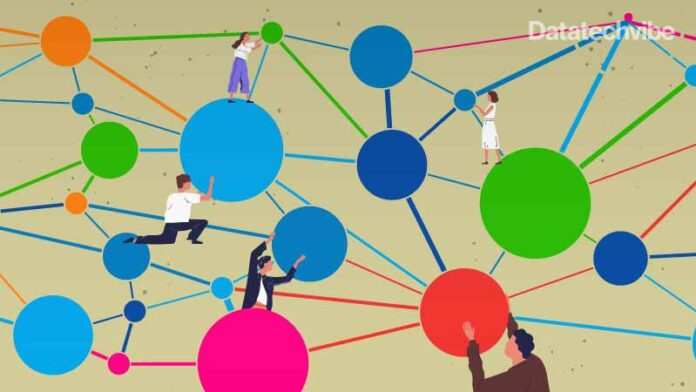With Web3, decentralisation is the next big step for the Internet. So how does it work?
Unless you’ve been living under a rock, you might have heard Web3 bandied about just like NFTs and the metaverse. It’s the web of the future — a serverless network, where every device or user on the network will manage a tiny portion of the computation. Experts say Web3 will make the Internet more open and reliable.
Since the 2000s, with the coming of Web 2.0, communicating and sharing information has been through centralised services provided by big tech giants such as Google and Facebook. No wonder they have been using the user data generated to sell ads, and control the content on their platforms.
Apart from the privacy concerns stemming from the business models of the tech companies that use the information users provide freely to target them with ads, the user data in the hands of a few tech companies in the current web creates a huge risk. Not only can it be hacked, but it’s easier for governments to surveil.
With Web3, it’s possible to split large files into smaller chunks that can be individually encrypted and stored in other locations, making it nearly impossible to hack.
Since Web3 is decentralised, users won’t be reliant on tech giants to connect them. Instead, users control their data and connect and interact and exchange messages directly with others in their network. It is focused on user-created content, and protects users’ privacy, since there is no centralised server facilitating connection to one another. With the massive data breaches, it’s increasingly becoming important that data protection is central to the next wave of tech innovations.
How will it work?
It will be built upon blockchain technology. A secure, encrypted technology primarily used for digital currency transactions will now find application in the development Web3. Since blockchain is a decentralised network built on peer-to-peer connections, Web3 will create a serverless online network.
In Web3, users, who will control their own data, can move from social media to email to video conference to shopping using a single personalised account, possibly with a password that works everywhere on the Web and with which users will be able to connect to any decentralised app, thus creating a public record of all activities.
It’s still early days, and isn’t quite here yet, but Web3 is pinned on what blockchain computing could enable, and how NFTs might be used.
According to the experts, as the power shifts back to individual users, creators and application developers on Web3, there will be new creativity in the form of applications, algorithms, artwork, music, virtual worlds and metaverse experiences. It will allow for direct relationships or transactions among users, buyers, creators, and sellers. It can be a game changer for the future of social and digital ownership.
Nvidia, Facebook and other tech companies’ moving into the metaverse signals that the mainstream world is moving towards embracing a new reality. For that new reality to scale, metaverse will have to be based on a Web3 that is multi-chain interconnected, decentralised and interoperable.
It’s all about the convergence of physical and digital worlds. As such, having an interoperable, open-source public chain is essential to ensure various virtual worlds can interlink seamlessly — taking our avatars from experience to experience.
There’s excitement about Web3 technology, and it has gathered momentum — generating investments, particularly from crypto investors. It’s even forced major tech companies, including Twitter, to assemble Web3 teams.
There are apps and programs built on the decentralised model — social network alternatives like Diaspora and an independent experimental browser called Beaker Browser. The Internet Archive has also decentralised its website by bringing together many of the technologies.
Brave, meanwhile, is already leading the future of the internet. Its web browser is built with integrated InterPlanetary File System (IPFS) support, which is a peer-to-peer hypermedia protocol, and provides a different way of building and using the internet compared to the HTTP (Hypertext Transfer Protocol) and HTTPS (Hypertext Transfer Protocol Over Secure Socket Layer) protocols. For the users, it impacts browsing speed, connection stability, privacy, and even legislation. If implemented at a global scale, the need for centralised servers could be eliminated altogether.
Besides, Web3 replaces the need to create or integrate a large number of services, mainly related to asset custody or identity, that are time-consuming and expensive and result in dependencies on centralised services.
It is unlikely that Web3 will knock out Web 2.0, and is expected to operate alongside it, as blockchain-based social networks and businesses grow in the coming years.
Although a lot of work has to be done to implement Web3, including time, money, and cooperation, enthusiasts say, perhaps, it won’t be long before the software developers make it possible for blockchain, crypto, NFT, and metaverse features into everyday browsers, apps, and devices. At least, that’s the hope.
If you liked reading this, you might like our other stories









